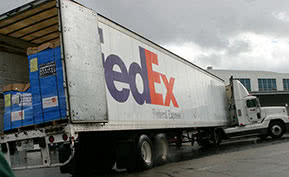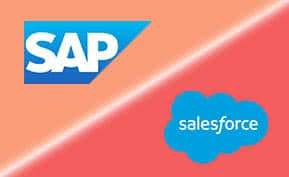The Inevitable SaaS Market Segmentation Evolution
By Chuck Schaeffer – CEO, Aplicor
This post is the second in a series which highlights fundamental differences among SaaS CRM applications.
The majority of hosted CRM software publishers have yet to deliver market specific business solutions for routinely recognized market segments. For the most part, on-demand solutions still trail the media and marketing hype, the industry is still in its infancy and many hosted software publishers view the customer market as a single, giant green field selling opportunity.
This lack of market segmentation is not to be unexpected when compared with previous application software evolutions. When the earliest mainframe and host-based software applications became ready for customer acquisition, the primary customer targeting was not based on company size, geography or industry, but instead on who could afford the cost of procurement. With the release of client/server business applications in the early 90’s, the vendors’ targeting was across the board from start-ups forecasting big growth or small clients desiring to upgrade from LAN-based business software to the largest of companies seeking to replace rigid and monolithic mainframe applications.
With both of these prior platform evolutions, the technology initially took precedence because at the outset few vendors delivered business software which empowered customers to take advantage of the technology. However, as more software manufacturers leveraged the new technology, all vendors had to demonstrate value beyond just the technology to remain competitive. In both prior eras, the vendors recognized that information system goals, requirements and constraints ranged along an identifiable continuum which could be segmented by company size, vertical market, geographic location and other strategic variables. To remain competitive, vendors had to both leverage the new technology and meet the specific business needs of identifiable markets. Ultimately, the host-based and client/server business application providers honed their solutions for specific market segments, industries and/or geographies.
Hosted software applications are now beginning the migration phase once traveled by their mainframe and client/server predecessors. Early SaaS pioneers boasted the SaaS delivery model and not particular benefits of their SaaS applications. Think ‘No Software’ – a successful brand which speaks to the demise of on-premise software, however, does nothing to promote the vendor’s CRM application among other SaaS CRM applications which also deliver the benefits of the SaaS model. SaaS products are no longer the renegade new thing acquired by just early adopters. They are becoming the norm and acquired by the early majority. While many of the largest client/server software manufacturers continue to drag their feet in an ill-advised effort to protect their cash cow revenue streams or at best spin weak SaaS solutions as a defensive tactic, many start-up and more forward thinking companies have released credible SaaS solutions that replace the client/server stalwarts and bring new competition to the on-demand market place. With this new credible competition, the SaaS software publishers will be forced to abandon their generic all-things-to-all-people sales approach and instead refine their products to meet the specific needs of specific customer markets. There are meaningful business and systems differences among small business, middle market and enterprise customer organizations. SaaS vendors who continue to push the same CRM application to a 5 user company, 50 user company and 5000+ user organization will become marginalized by the more relevant SaaS vendors who better serve the business and information systems needs for each customer market. Just as the client/server era solutions ultimately refined their applications to more closely align with customer needs and became recognized for the small business, midmarket or enterprise markets which they best support, so too will SaaS solutions.
[Photo courtesy of bleacherreport.]





